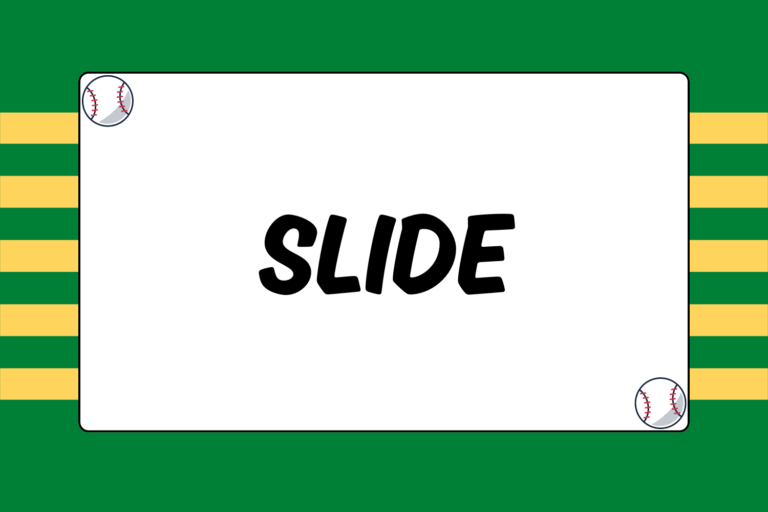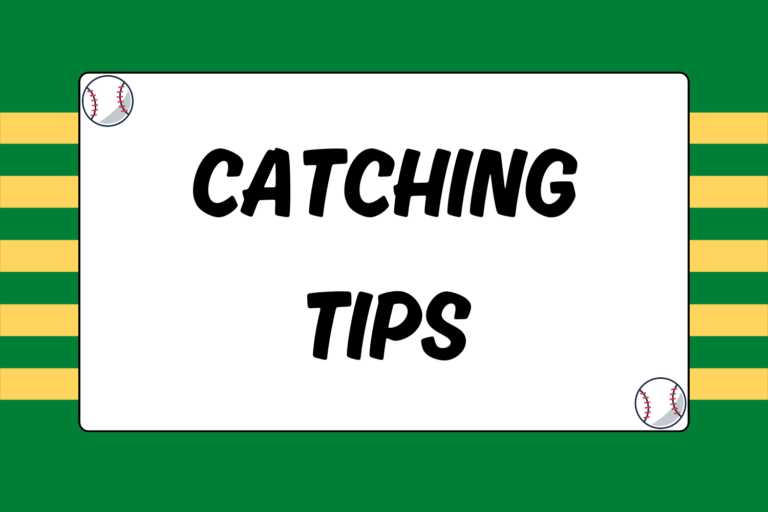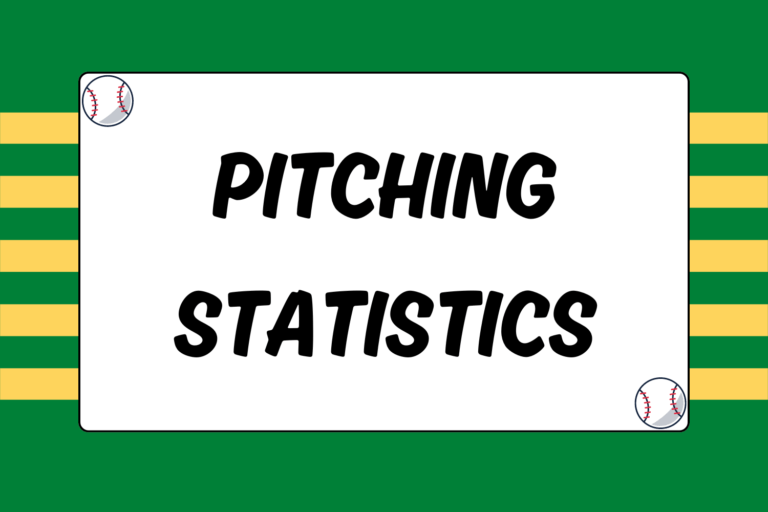If you’ve ever ventured into a sporting goods store to purchase your (or your child’s) first baseball bat, you know it can be an overwhelming experience. Even if you know what you’re looking for, trying to decide between dozens of brands, each with varying lengths, diameters, and weights, can be confusing.
This guide only covers the different types of aluminum bats, because they’re most likely the ones you’ll have to buy. For the most part, wooden bats are really only used at the professional level and some adult leagues. Aluminum bats are the norm at virtually every level of youth baseball, as well as in high school and college. So that is where we’ll focus.
Bat Size
| Player’s Age | Bat Length |
| 5-6 | 24-26 inches |
| 7-8 | 26-28 inches |
| 9-10 | 28-30 inches |
| 11-12 | 30-31 inches |
| 13-14 | 31-32 inches |
| 15-16 | 31-33 inches |
| 17+ | 32-34 inches |
When it comes to bats, size matters … a lot, particularly for young players. Nothing can ruin your child’s first baseball experience quicker than him being forced to flail helplessly at pitches because his bat is way too big. Finding a bat that is comfortable and easy to handle is far more important than the brand or style. As such, make sure you’re getting the right size bat. If you’re a beginner buying your first bat, look for the 2¼-inch barrel.
| 2¼ and 2¾ Inches | |
| Player’s Weight | Bat Weight |
| 80 lbs or less | 18-19 ounces |
| 80-100 lb | 19-20 ounces |
| 100-120 lbs | 20-21 ounces |
| 120-140 lbs | 21-23 ounces |
| 140 lbs or more | 23-24 ounces |
2¼ inches is the standard width for Little League, Bronco, Mustang, and most other youth organizations. 2¼-inch bats are usually between minus-10 and minus-12. This refers to the numerical difference between a bat’s length (in inches) and weight (in ounces). For example, a typical Little League bat is 30 inches and 18 ounces, which would be a minus-12.
| 2 5/8 Inches (minus-3) | |
| Player’s Weight | Bat Weight |
| 120 lbs or less | 28 oz. or less |
| 120-140 lbs | 28-29 ounces |
| 140-160 lbs | 29-30 ounces |
| 160-190 lbs | 30-31 ounces |
| 190 lbs or more | 31 oz. or more |
The next level up includes bats in the minus-7 to minus-8 range. These bats are used in some PONY and Senior Leagues, and are usually called “Big Barrels” because of their 2¾-inch width. A typical big-barrel bat would be 31 inches and 23 ounces. However, they are usually only used in 13-14 year-old leagues. In high school, college, and just about every type of league from age 15 up, the standard is the minus-3 bat. These are 2 5/8 inches, so the width is similar to the big barrel, but the bats are generally heavier. A size of 33 inches and 30 ounces would be fairly standard for players in high school or college.
| 2¼ Inches | |
| Player’s Height | Bat Weight |
| 48-52 inches | 16-17 ounces |
| 52-56 inches | 17-18 ounces |
| 56-60 inches | 18-19 ounces |
Different leagues may have slightly different regulations on bat length, width, and weight, so make sure to consult your league’s rules before making a purchase. Now once you know which type of bat you need, it can still be tough to get the specific size right, especially for young players. To the left are charts with basic guidelines on the ideal bat lengths and weights based on the player’s age, height, and weight. These are very general, so it’s important to test a bat before you buy it.
| 2 5/8 Inches (minus-3) | |
| Player’s Height | Bat Weight |
| 66 inches or less | 28 ounces or less |
| 66-68 inches | 28-29 ounces |
| 68-70 inches | 28-30 ounces |
| 70-72 inches | 29-30 ounces |
| 72-74 inches | 30-31 ounces |
| 74 inches or more | 31 ounces or more |
A decent litmus test is to hold the bat straight out in front of your body with one hand and move it up and down. If you cannot do this without bending your elbow, then the bat is probably too heavy. Make sure you get something you can swing easily, and don’t be afraid to get a lighter bat just because your teammates swing something heavier. You should also refrain from getting a longer or heavier bat that you plan to “grow into,” as you might cost yourself a lot of hits in that time. It’s always better to have a bat that’s a little light rather than too heavy.
Price & Brand
Aluminum bats will range in price from $25 to more than $300, although if you want a brand new bat of decent quality, you’ll probably have to be willing to spend at least $100. Because bats are such a significant investment, you want to make sure you get one that feels comfortable and will last as long as possible. Some brands will be slightly more expensive than others, and every year, the major bat companies will release new versions of their bats at even higher prices than the previous year. However, don’t assume the most expensive bat will necessarily be the best one.
Like cars, bats can be status symbols for Little Leaguers. Every year, one or two models will be the most popular and all the kids will want them because those are the bats that their teammates have. Whether it’s worth it to spend the money on the most popular bat on the market is up to you. Just don’t get sucked in to spending more than you can afford just for the sake of a status symbol. Your bat is for hitting, and no brand in the world can replace hard work.
With the exception of their differing paint jobs, the appearance of most bats will basically be the same. There are, however, some slight differences between the major bat brands. Louisville Slugger/TPX bats will tend to be a bit more end-weighted. DeMarini, and to a lesser extent, Easton bats are typically more evenly weighted. But these are just three of several popular brands, and frankly you may not feel much of a difference between any of them.
Several companies also feature composite bats, which can be even more expensive than the regular ones. Some players swear by the bat speed and power that composites provide. Just the same, composite bats can also be less durable. For younger players, it may be best to stick to something basic.
Hot Tip: Aluminum in NCAA
Aluminum bats were introduced in the 1970s and were adopted fairly quickly by most levels of baseball from Little League to college. Since then there has been debate over whether aluminum bats are necessary, safe, and worthwhile in NCAA baseball.
The Argument For: Aluminum bats are thought to be more economical for universities with limited equipment budgets. A player can use one or two aluminum bats for the entire season. In the same time, he might go through a dozen wood bats. Additionally, it was thought that aluminum bats would create more offense and more interesting games, making up for the talent disparity between college and the pros.
The Argument Against: Baseball purists believe that aluminum bats go against the tradition of the game. Furthermore, it could be argued that the level of skill at the college level is closer to that of the minor leagues than it is to high school and youth baseball. Perhaps most importantly, many people believe there is actually too much offense because of the aluminum bats, and the bats pose a safety risk for pitchers due to the high velocity at which a ball can come off an aluminum bat.
Do Your Homework!
Ultimately, the slight differences between brand and price will not make a huge difference in the batter’s box. Regardless of age, your success will depend a lot more on your talent, focus, and hard work than it will on the specific bat you use. Selecting a bat is the ultimate matter of choice, so approach the chore with this perspective: As long as the bat is comfortable and of the right size, you can’t really make a wrong decision.
If you’re trying to save money, a good tip would be to buy a slightly older model. The technological advancements in the last calendar year are not so significant that this year’s model is the only bat worth buying. The best advice is to do your homework. There are plenty of resources out there with reviews and recommendations, as well as forums devoted specifically to aluminum bats. A little research on which bats are less durable can go a long way, and from there it’s really just a matter of preference.





